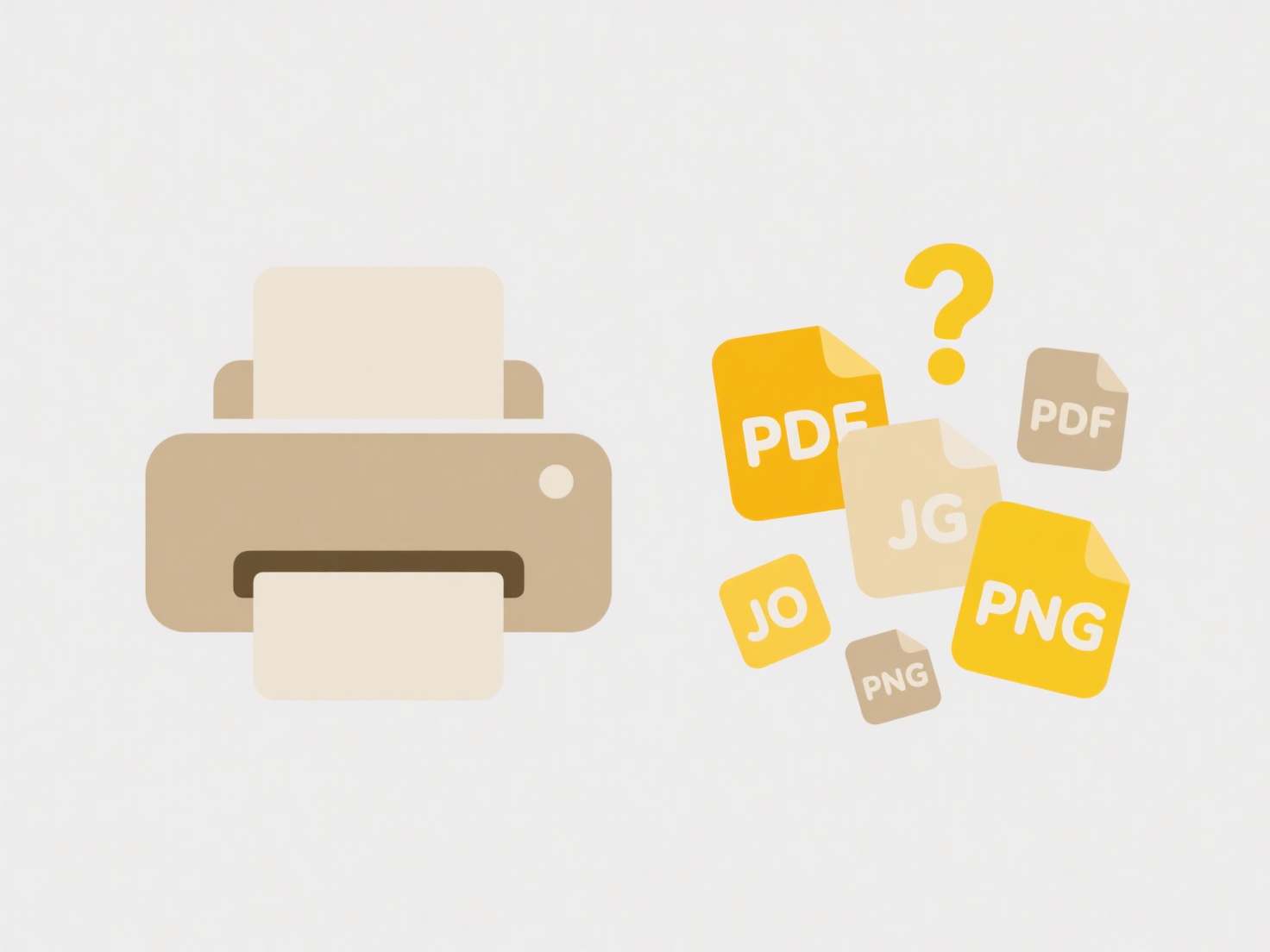
Renaming files based on calendar events or tasks refers to the automated process of using details from digital calendar entries (like meeting titles, dates, or participant names) or task management systems to dynamically name related files. This works by linking a file management tool or script to your calendar or task platform. When an event occurs or a task is created/updated, the associated file is automatically updated with relevant information pulled from the calendar or task, such as "ProjectKickoff_20240510_Notes.docx". This differs from manual renaming as it dynamically ties the file name to its temporal context within your schedule.
Practical examples include automatically naming meeting notes taken during a video conference with the event title and date, ensuring they are instantly identifiable. A researcher might configure files related to conference presentations to include the event date and session title upon saving. Platforms like macOS Automator or Windows PowerShell Scripts can achieve this by accessing calendar data. Integration tools like Zapier or Make (formerly Integromat) also enable connections between calendars like Google Calendar or Outlook and cloud storage services (e.g., Google Drive, Dropbox) to trigger renaming actions based on new events.

This approach significantly improves organization by providing immediate context and creating a timeline view of file activity. However, limitations exist: it requires specific technical setup or third-party tools, events may change or get cancelled leading to stale names, and privacy controls must be managed as calendars often contain sensitive information. Future developments might see deeper OS-level integration or AI that suggests contextual file names based on calendar patterns and content analysis.
Can I rename files based on calendar events or tasks?
Renaming files based on calendar events or tasks refers to the automated process of using details from digital calendar entries (like meeting titles, dates, or participant names) or task management systems to dynamically name related files. This works by linking a file management tool or script to your calendar or task platform. When an event occurs or a task is created/updated, the associated file is automatically updated with relevant information pulled from the calendar or task, such as "ProjectKickoff_20240510_Notes.docx". This differs from manual renaming as it dynamically ties the file name to its temporal context within your schedule.
Practical examples include automatically naming meeting notes taken during a video conference with the event title and date, ensuring they are instantly identifiable. A researcher might configure files related to conference presentations to include the event date and session title upon saving. Platforms like macOS Automator or Windows PowerShell Scripts can achieve this by accessing calendar data. Integration tools like Zapier or Make (formerly Integromat) also enable connections between calendars like Google Calendar or Outlook and cloud storage services (e.g., Google Drive, Dropbox) to trigger renaming actions based on new events.

This approach significantly improves organization by providing immediate context and creating a timeline view of file activity. However, limitations exist: it requires specific technical setup or third-party tools, events may change or get cancelled leading to stale names, and privacy controls must be managed as calendars often contain sensitive information. Future developments might see deeper OS-level integration or AI that suggests contextual file names based on calendar patterns and content analysis.
Quick Article Links
What’s the risk of forcing open a file with the wrong app?
Forcing a file open with the wrong application occurs when you bypass system warnings and use software not designed to r...
How do I export files from Microsoft Teams or Slack?
Exporting files from Microsoft Teams or Slack refers to the process of downloading copies of documents, images, or other...
How can I automatically generate folder structures for recurring projects?
How can I automatically generate folder structures for recurring projects? Establishing uniform folder hierarchies for...